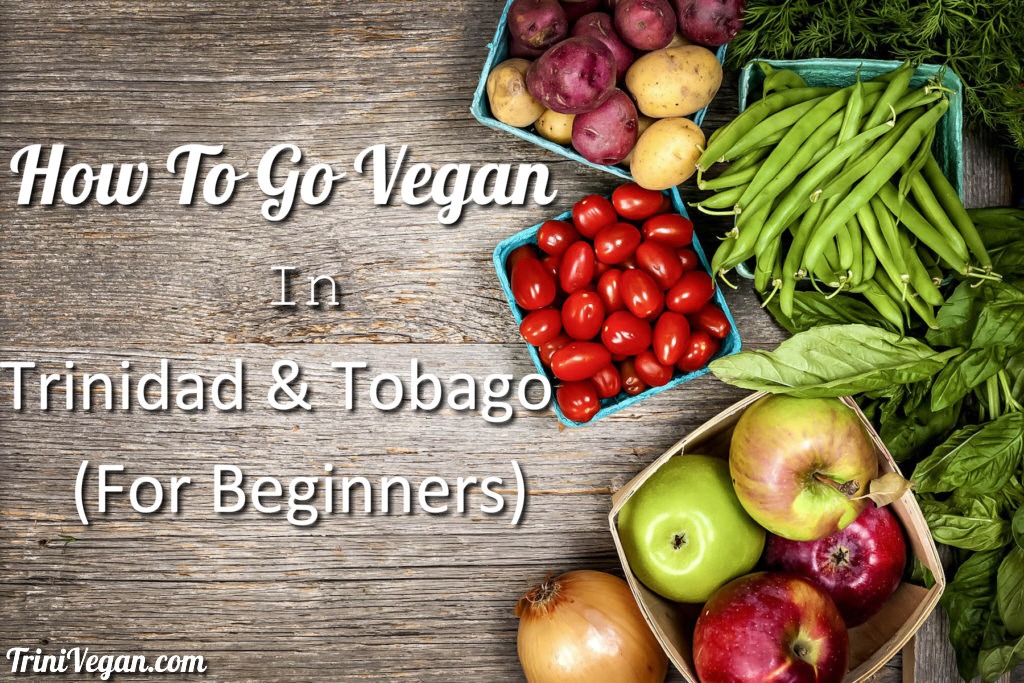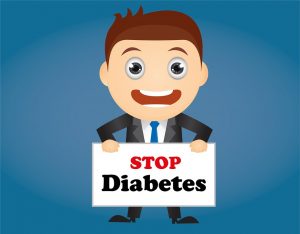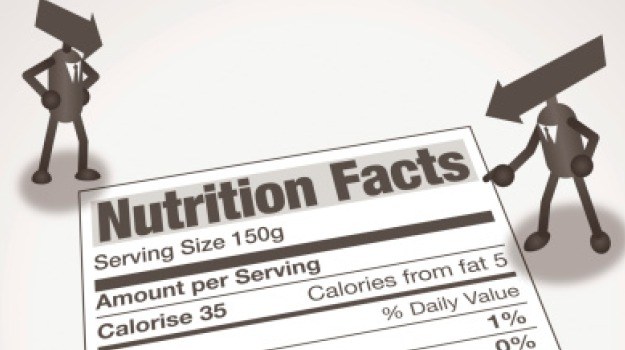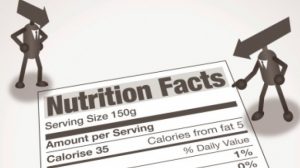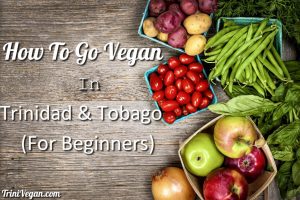
Hello friends! Hope everyone is doing great! Let me tell you…I am very excited about this blog post because it was something I was planning to write for a while now.
I want to be as thorough as possible so all your questions can be answered in one simple article. But if you have any other questions, please feel free to write them in the comment section below at the end of this post. 🙂
WHAT IS VEGANISM?
As stated in my FAQ section: “Veganism is a way of living which seeks to exclude, as far as is possible and practicable, all forms of exploitation of, and cruelty to, animals for food, clothing or any other purpose. If we are talking strictly in terms of diet, Vegans exclude meat (and yes, fish included), all dairy, eggs and honey.”
Being Vegan and following a plant-based diet is not the same thing even though the media and social media use the terms interchangeably.
All Vegans follow a plant-based diet, but not all people who follow a plant-based diet are necessarily Vegan.
There are many people who do it only for health reasons and not because of ethical reasons so they have no problem wearing leather, silk, etc.
So really the latter are not Vegans; the correct term is following a plant-based diet.
CURIOUS ABOUT VEGANISM?
I realise that Veganism is something that sparkles curiosity among people and that’s exciting news for me!
I don’t know how many people have noticed but Trinidad & Tobago isn’t the exception! Very slowly, a health revolution is starting to take place and I cannot wait to see more people trying to make a change in their lifestyles.
Often times, people ask me: “Is veganism expensive? ““Is it hard? “Is it healthy?” There are many misconceptions and misinformation about Veganism out there so please check my FAQ section first, where I answered some of these questions.
Now that we learned that Veganism is a lifestyle and not a diet, perhaps you would like to know WHY you should go Vegan.
Please check my Why Vegan? page for specific examples before you continue reading this article.
Hopefully you’ve checked the two links I provided in this post, which answers the most common questions on Veganism as well as why you should go Vegan. If after all that, you’re still here reading- awesome! This means you are seriously considering becoming Vegan, congratulations!
Now, to the big question…
HOW DO I GO VEGAN?
I know it might seem a little scary at first as you are not sure how your family and friends will react to the news. Perhaps you are not sure if you are prepared/ready to take the plunge. Maybe you are afraid of the ridicule in a country that venerates animal flesh or you are afraid people might judge you for your choices. Maybe, you’re wondering if all you will be eating are salads (I assure you its not like that! lol) but I do know that all of these concerns are normal.
The most important thing is that you are taking charge of your health and choosing to be compassionate towards the animals. Also you are becoming aware of the impact your choices will have on the environment and all beings living on this planet.
Despite popular belief, we were ALL born Vegan, if not think about yourself as a young child and how much you cared for the animals. You did not run around the yard trying to kill and eat whatever you saw, right?
If you put a baby in a crib with an apple and a live bunny, do you really think the baby will eat the live bunny and play with the apple? Or will he/she play with the bunny and eat the apple?
It is only a matter of reprogramming yourself about how you see food and make the connection.
Example: When I see a “pork” leg, I don’t see food. I see the dismembered part of a an animal, a pig. The meat, dairy and egg industry has meticulously use euphemisms in order to disconnect us from the animals.
There isn’t such a thing as “bacon”, it is pig’s flesh. Neither “leather”, which is cow’s skin. There isn’t such a thing as “Beef”, it is a cow. “Gelatin” are animal bones and cartilages. The list goes on.
THE JOURNEY IS VERY PERSONAL
The route to Veganism is very personal. There are people who are able to go Vegan without any stepping stones. Others do it through a series of steps and gradually.
First, working towards becoming a vegetarian and after a while (usually a year or less), they decide to make the change towards Veganism.
If you decide to do it this way, it shouldn’t be hard because there are many vegetarians in Trinidad so you will find plenty support. However, I will address in a next blog post soon why Vegetarianism isn’t enough (for the animals and for your health). I believe in Vegetarianism only in terms of being a temporal stepping stone towards Veganism.
Of course, only you can answer what approach you would like to take. Keep in mind that doing it gradually will increase your chances of sticking to Veganism for good. It all depends on your own self-discipline.
WHY SOME PEOPLE FAIL AT GOING VEGAN
One of the key reasons why some people fail at going Vegan and think it makes them “sick” it is because they are NOT eating enough. They limit their choices to only salads.
If they use to eat a plate of chicken, potatoes and a salad, when they try to go Vegan they will eat only the potatoes and the salad without attempting to replace the chicken with beans, peas or any other substitute.
Going healthy Vegan does not mean you are going to eat LESS, you should be eating more since the food will digest faster and you might be hungrier often. Specially, the first few weeks/months until your body settles into to the new foods.
So if you are going healthy Vegan and you start having headaches, feeling weak, etc. please do not blame it to Veganism. There are three reasons for those headaches and feeling sick:
First, as I previously mentioned you are not eating enough and you need to ensure you have WHOLE, nutritious meals and not simple a plate with a cucumber and a tomato.
Ensure to snack as well between meals. Also, one of the things you will realise on a Vegan diet is that when you are done eating, you will be satisfied but not “full” like a balloon.
In order words, you will never have that feeling of a huge rock inside your stomach as when you used to eat meat and dairy.
Second, your body might get those headaches because it is detoxing and will take a while to get rid of all.
Lastly, going Vegan doesn’t mean you are automatically going “healthy”. You can be Vegan and eat junk food, lots of candy, oils, sweets, etc.
Therefore, this can also be a contributor of why you might feel sick. It isn’t the Veganism but the junk you are putting inside your body.
IF YOU ARE ALREADY A VEGETARIAN
If you are already a vegetarian, you are half way there! The number one reason most Vegetarians do not go Vegan is that goey-mucus forming substance called cheese. 😉
If you really knew what dairy does to your body, you will not want to eat it ever again:
However, as explained in the article linked above Dr. Neal Barnard in his book “Breaking the food seduction: The hidden reasons behind food cravings describe cheese as an addiction with similar effects to crack cocaine.
This is the reason why you “love” cheese and why it is so hard for anyone to cross it off.
The good news is that there are a few Vegan cheeses in the market. Personally, I am not a fan of processed foods therefore I don’t usually buy these products. However, in rare occasions I might use them if I feel to eat pizza.
The key for a smooth transition is lots of patience and understanding with yourself. But most of all, you must not give up no matter how hard it gets…but if you truly want this badly, you will make it happen no matter how long it takes you!
If there is any comfort in my words…I tried quite a few times to go Vegan and I failed miserably, but I never gave up. I checked what I did wrong and tried again over and over until I realised that my mindset was changed.
START BY LIMITING DAIRY
For starters, if you are eating dairy products every single day try to limit your intake to three times for the week. Then when you feel you don’t need it as much, try to reduce it to twice a week until you no longer consume it.
Now, this process may take days, weeks or even a year. Go to your own pace.
One thing that helped me was not buying cheese as often, so if I was “craving” cheese, I would go to the fridge and realise I didn’t have any…and because I didn’t have any…I couldn’t eat it.
Cheese is an addiction and just like any other addiction, you need to remove the addiction gradually. I knew I was ready to give up cheese when I saw a block of cheese inside my fridge getting old because I didn’t touch it or looked at it.
Now with regards to milk, there is an amazing variety of vegan milks out there as well: Soy, oat, hazelnut, rice, coconut and of course almond milk. They are so tasty that you will never want to go back to cow’s milk!
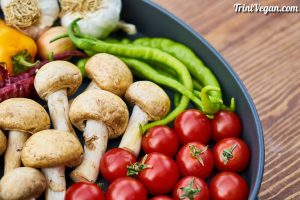
IF YOU ARE NOT A VEGETARIAN
You might be surprised about what I am about to say…but before giving up meat; you should seriously consider giving up cheese first.
In my observation, giving up cheese is KEY to go Vegan. People love cheese more than they love meat (they might not even know it!) Trust me; I was that person growing up eating meat every day for lunch and dinner.
Once you follow the advice I just gave with regards to dairy and successfully stopped consuming cheese, then try to limit (in the same way) the amount of meat you eat.
You can start by having a “Meat-Less Monday” and gradually add a second meat-less day and so forth. This might take a while, so don’t feel bad if it doesn’t happen fast enough.
The most important thing is your willingness to stick to it and chart your progress. Remember, gradually transitioning is key to success.
RESOURCES THAT CAN MOTIVATE YOU
One of the most informative videos out there is the Secret Reason We Eat Meat and dairy/eggs. If you are interested in going Vegan, you need to know first the psychology behind eating these products and this video has an excellent explanation about it.
There are many more videos and documentaries I watched to help me in my research and motivation towards Veganism. The most important one was The Best Speech I Ever Heard by animal liberation activist, Gary Yourofsky.
Please watch that video, highly recommended. Try to watch it when you are at home, alone and there aren’t interruptions of any kind.
Another video I forced myself to watch (and I believe any aspiring Vegan should watch as well) is called Earthlings (you will need to research if you can find it online). It chronicles the day-to-day practices of the largest industries in the world, all of which rely entirely on animals for profit.
It is hard to watch, but if you do not wish to watch it then you should ask yourself…if it isn’t good for your eyes….then why is it good for your stomach?
Finally, the latest documentary about the reality of the food industry is What the health (available on Netflix)
GOING VEGAN IS NOT EXPENSIVE IN TRINIDAD
Contrary to popular belief, Veganism is not expensive. As a matter of fact, my food bill was reduced significantly without the meat and dairy products.
Personally, I do not enjoy meat substitutes or processed Vegan foods such as Vegan hot dogs, etc so I don’t buy it and that’s where the label of being “expensive” comes from.
But once you stick to your normal foods, and your local veggies and fruits you will see for yourself that it is not expensive.
IS IT HEALTHY?
Of course. The number one question you will be asked repeatedly as a Vegan is: “What about your protein?” (You could be eating KFC every single day and no one bats an eye or asks about your health but you go Vegan and everyone will be concerned about your health lol).
Protein is found in lots of foods. Lentils, beans, seeds, spinach, nuts, quinoa, avocado, raisins, tempeh and the list continues! A lot of these foods also provide you with iron, you also have watermelon, potatoes, chickpeas, etc.
About calcium, we have a long list of vegetables that contain it: Broccoli, okra, celery, green beans, onions, spinach, kale, cabbage, fennel, etc! What about vitamins? All of these same foods and fruits!
And about that Vitamin B12… Vitamin B12 does a lot of things for your body. It helps make your DNA and your red blood cells. Also helps fight anemia and dementia between other things so it is an important vitamin.
Vegans eat fortified foods that contain Vitamin B12 such as some breakfast cereals and nutritional yeasts. Some Vegans also choose to take a B12 supplement.
Nutritional yeast is WONDERFUL! I highly recommend it. I put it in all my foods especially those that I want a “cheesy” flavor. You can get it in any health food store.
HOW CAN I DO IT IN TRINIDAD?
You can go Vegan anywhere. There are many Trini foods that are already Vegan or you can easily “Veganise”. A few examples of accidentally Vegan foods and those that you can easily veganise at home:
Pelau (just rice and pigeon peas), curry (potato, channa, bodi, pumpkin, mango, bhaji) cou-cou (without butter or cow’s milk), corn soup (without butter), lasagna (veggie, without butter), Trini-style Chinese food (noodles, rice, wontons made of tofu or veggies), pasta (any eggless pasta can be transformed to creamy pasta or with tomato sauce or pesto), macaroni pie (you can use an egg substitute) stew (with red beans and veggies) callalloo (coconut milk), pastelles (lentils/soy), bakes (without butter), doubles (they are accidentally Vegan), baigan choka (without butter), and the list goes on!
EATING OUT IN TRINIDAD
When eating out, you need to ensure to ask questions before purchasing.
If you like curry, make sure they don’t use ghee in their roti. You can always have it with rice if you are not sure. Most Chinese restaurants have Vegan options (rice, noodles, veggie/tofu wantons, veggie soup, etc.).
If you like burgers, be careful. Just because they might serve a veggie burger, it doesn’t mean it is Vegan. The veggie burger in Burger King T&T is not Vegan (it contains eggs) and the Impossible Burger is cooked in the same grill as their meat burgers.
Subway has two Vegan options on the menu (with Italian bread, which is Vegan): The Veggie Delight (just remember to ask them not to put any garlic sauce which isn’t Vegan) and the chickpea quinoa patty.
If you like Arabic food, most Arabic places offer gyros with falafel. Again, just make sure to ask if they use any dairy.
Pita Pit also offers a Vegan option with a falafel wrap. Again, just make sure to ask them not to add the garlic sauce and other dressings that might not be Vegan.
There are also a few Vegetarian restaurants, just ask them what Vegan options they have on their menu.
These are just a few examples, I will be adding more to my blog in other posts.
WHAT ABOUT CLOTHING/ACCESSORIES/MAKE-UP?
Veganism goes beyond food. Vegans try to exclude, as far as is possible and practicable, all forms of exploitation of, and cruelty to, animals for clothing or any other purpose as well.
Because of this, Vegans do not use silk, wool, fur or leather. Not only in our clothing but also in our accessories (bags, handbags, wallets, hair accessories, belts, shoes, etc).
There are many synthetic/artificially made products that can be easily replaced without any issues and at a fraction of the cost, too.
We also do not use products that have been tested on animals. The list is endless, so before purchasing make-up or any other product, just do a quick Google search to ensure it is cruelty-free.
Lastly, remember when going to the grocery to buy anything, read the label of ingredients. Do not buy into the advertisement. Just read the label. You will be surprised at the amount of foods that contain dairy products.
If you have ANY concerns or questions, please leave a comment below. I will be more than glad to answer any questions or concerns you might have!
